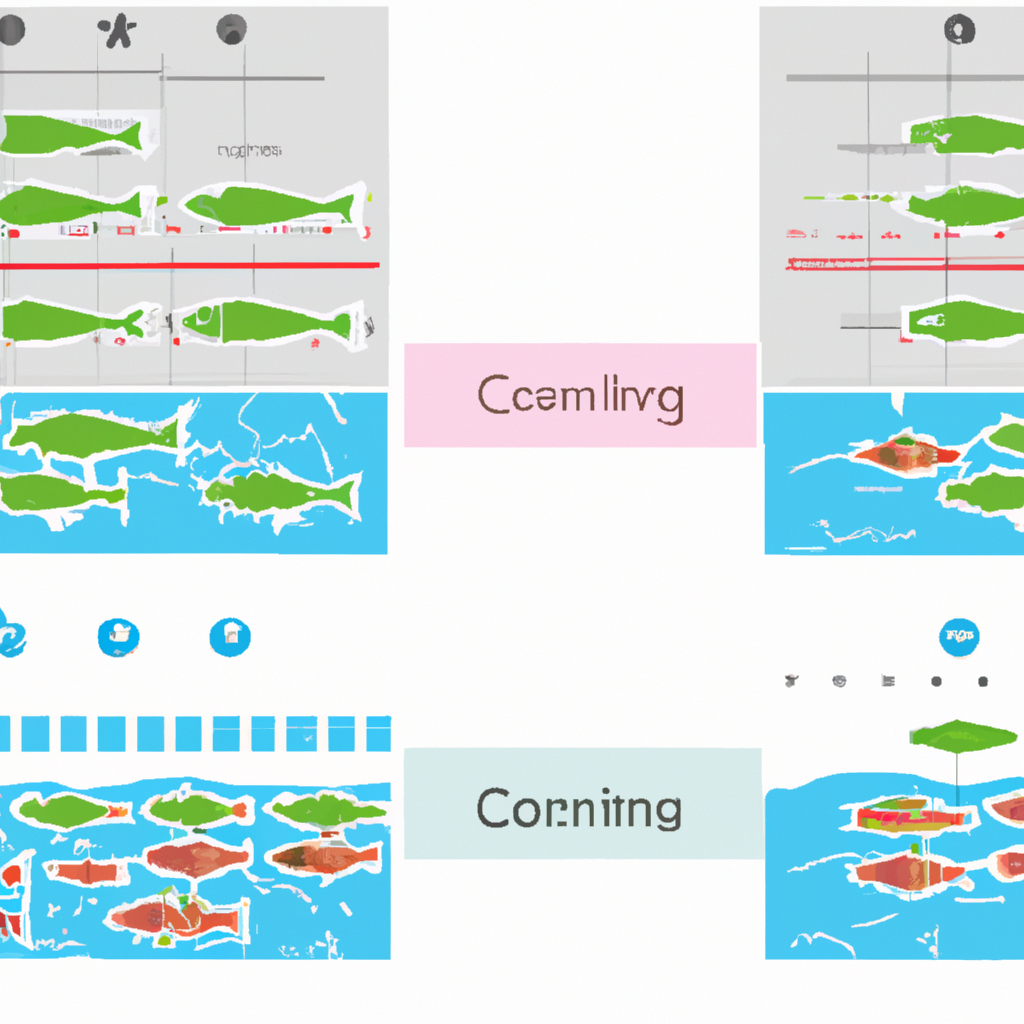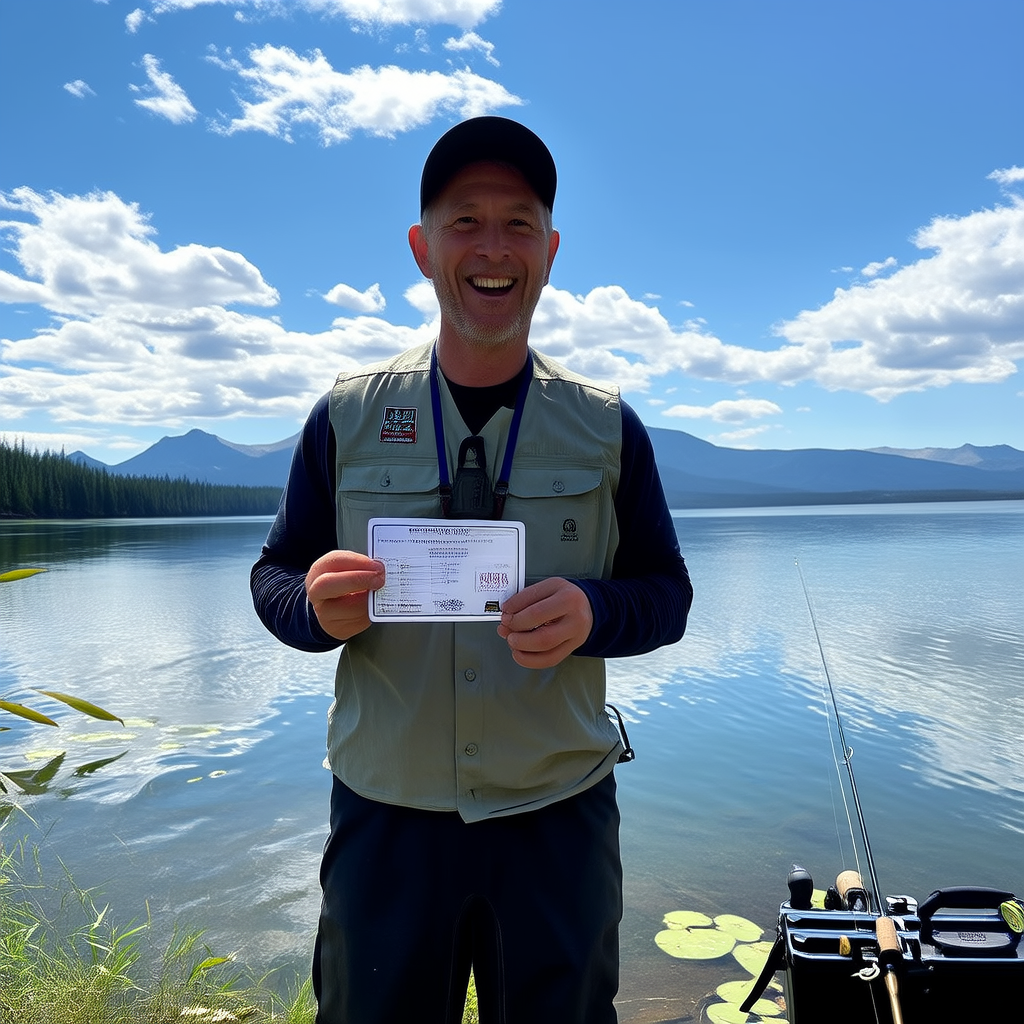Fishing has been a popular pastime for centuries. The modern fishing techniques and advances in technology have made it easier than ever before to catch fish. With this increase in fishing comes the question of sustainability. It is important to monitor fishing counts and to implement regulations to maintain healthy fish populations.
What are fishing counts?
The number of fish that anglers have caught in a certain area and over a specified period of time is called a fishing count. This information is vital for fisheries conservation and management. Scientists and policymakers can monitor fishing counts to determine if fish populations are being overfished or if there are other issues.
The Importance Of Fishing Counts
Accurate and current fishing counts are essential for effective fisheries management. It would be impossible to regulate fisheries activity and ensure healthy fish populations without this information.
Fish counts can also be used to detect changes in fish population. If, for example, fishing counts suddenly drop this could indicate a decline of a certain species or the presence new predators.
Methods of counting fish
There are a number of methods to track fishing counts including:
Creel Surveys:
Interviewing anglers on fishing sites to determine the type and number of fish caught is part of a creel survey. This method is helpful as it gives a snapshot of fishing activity in real-time. It is not always accurate as not all fishermen are willing to take part in the survey.
Commercial Landing Data
Commercial landing data are collected from fisherman who sell their catch as seafood to processors. This method gives a more complete picture of fishing activities, since it includes both commercial and recreational fishing. It may not reflect the number caught by recreational anglers as many fish are caught only for sport.
Observer Programmes:
Professionals are trained to monitor fishing activities on boats. This method is expensive and time-consuming, but provides highly accurate data.
Fishing Regulations
To ensure sustainable fishing practices it is important to implement rules based on the number of fish caught. These regulations can include:
Bag Limits:
Bag limits are the maximum number of fish that a person can catch in one day. These limits are based on fishing counts, and can vary based on species and location.
Seasonal Closures
The term “seasonal closures” refers to a period of time when fishing is prohibited to protect fish populations at times of spawning and migration.
Size Limits
The size limits are the minimum and maximum sizes of fish that may be legally caught. This helps to protect smaller, juvenile and mature fish, and allows larger, mature to continue breeding and contributing towards the population.
Conservation Efforts
Conservation efforts are also necessary to ensure that fish populations remain healthy for a long time. These efforts can include:
Habitat Restoration
Many fish species depend on specific habitats to survive. It is possible to increase fish populations in an area by restoring these habitats.
Stocking Programs
Stocking programs involve the release of young fish in a body or water to supplement a natural population. It is important that the stocked fish have the same genetic stock of the local population.
Educational Programs
Education programs can raise awareness of sustainable fishing practices and conservation efforts. These programs can teach anglers to release and handle fish properly to minimize harm.
Conclusion
Fish counts are a vital component of fisheries conservation and management. By tracking fishing activity, implementing regulations and conservation programmes, it is possible for the fishing industry to remain sustainable and ensure long-term health.




